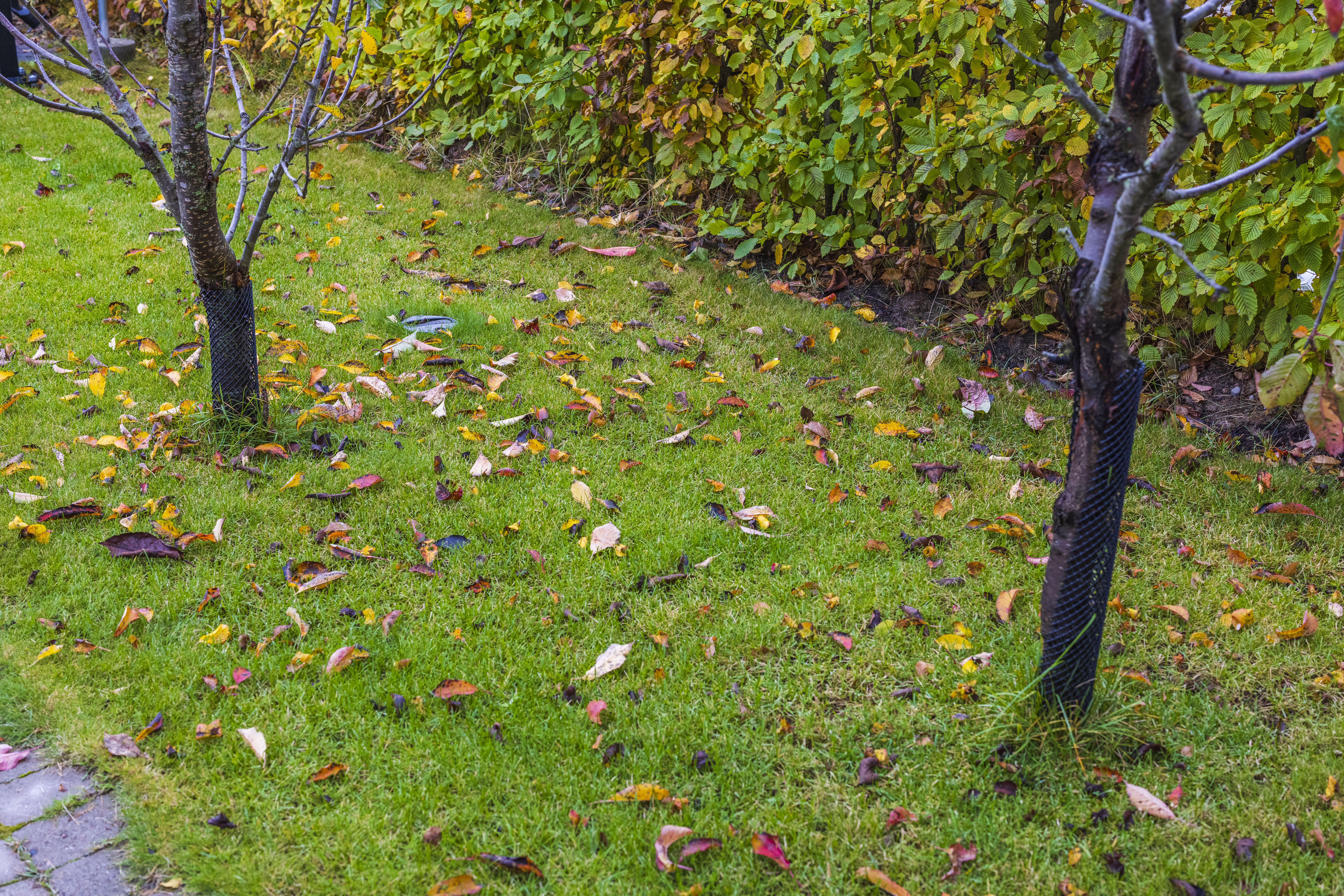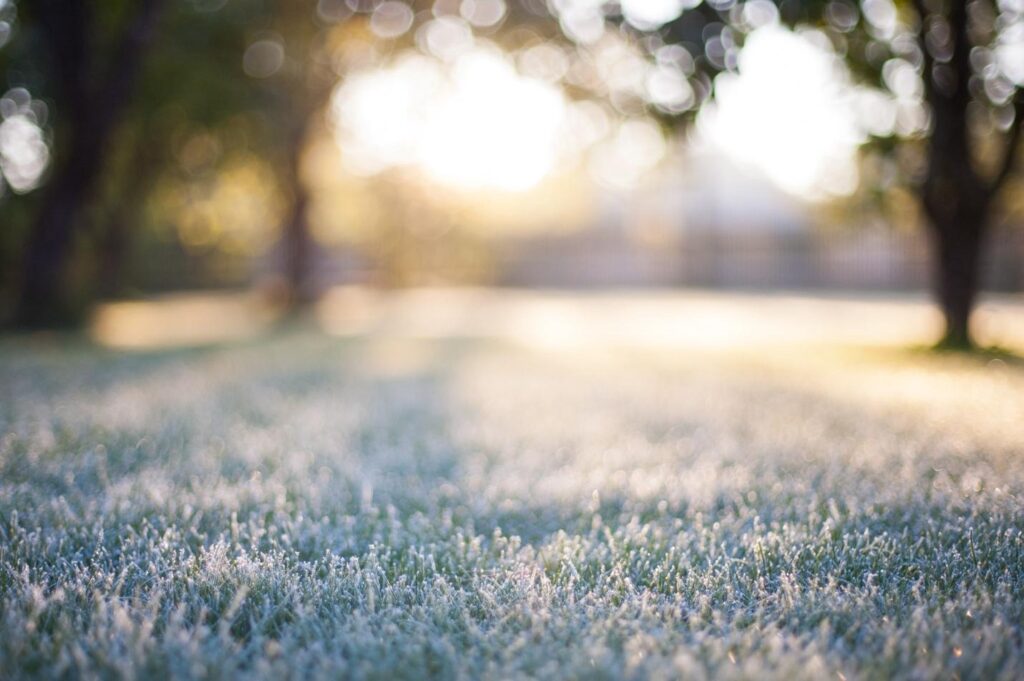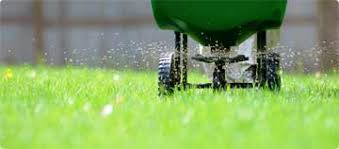After months of cold weather and little foot traffic, your lawn might look dormant. Leaves, twigs, and matted grass need to be cleared away when the weather starts turning warmer. Lawn Squad® helps homeowners clean things up the right way so lawns can start fresh.
Clear Leaf Litter and Branches
Branches and leftover leaves caught in bushes or fence lines can pile up without much notice. Once spring starts moving in, those scattered pieces can trap moisture and block sunlight. A gentle rake across the lawn helps break up the matted spots and loosen debris. That cleanup helps set the stage for feeding the lawn or controlling weeds before they spread.
Weed Seeds Don’t Wait
It doesn’t take much for weeds to get a head start; some varieties begin sprouting as soon as soil temperatures rise slightly. In Cherry Hill, crabgrass and dandelions are especially aggressive, with seeds germinating when soil temps hit around 55°F. If you dealt with crabgrass, clover, or dandelions last year, chances are their dormant seeds are still hiding in your soil, ready to grow.
That’s why early action is key. Pre-emergent treatments work by stopping weeds before they sprout, blocking them from ever breaking through the surface. These products are most effective when applied at just the right time, and our technicians can recommend the best option for your lawn without damaging your grass. Tackling weeds early helps your lawn fill in thick and even, without the disruption of removing mature weeds later on.
Look at Turf Health
As you walk across your lawn, you may find areas that feel unusually soft or notice spots where the grass looks thin or pale. That kind of damage doesn’t always come from winter alone. Other issues could be hiding just beneath the surface. Snow mold, foot traffic, or hidden insect activity can all leave a mark on your lawn as it comes out of dormancy.
If the grass in one area lifts easily or shows signs of yellowing that doesn’t go away after cleanup, it may be worth investigating further. Some turf diseases start early in spring and spread quietly. Checking now helps you avoid surprise damage later. A local lawn care provider can do an in-person inspection and spot issues like brown patches or dollar spots before they take hold.
Feed the Lawn at the Right Time
Spring fertilization helps your lawn recover from cold stress and bounce back with better color and thickness. After winter, soil nutrients often drop, especially nitrogen, which grass needs to grow strong. If you apply the right blend early enough, you’ll give the roots a jump start without encouraging weeds or stressing the turf. Feeding too soon can lead to weak blades, while waiting too long misses that first flush of growth.
You don’t need to cover your whole yard with heavy products. A balanced approach works better, especially if your lawn already has some green returning. If you’ve had patchy color in past springs or your grass starts fast and then slows down, that can be a sign the roots need more support. Fertilizing with the right formula can help you grow out those thin areas and improve density in places that took damage during the winter. Combined with proper mowing and watering later on, it builds a healthier lawn from the ground up.
Surface Insects
Not all lawn problems come from weather or weeds. Some of them crawl. Grubs, chinch bugs, and other surface pests start moving as soon as the soil gets warmer. You might not see them at first, but the damage shows up quickly. If you notice grass that looks wilted, brown, or chewed close to the soil, insects might be the reason. The same goes for birds digging at one part of the yard more than others.
Surface insect control works best before the infestation spreads. That’s why spring is a good time to add it to your cleanup list. These treatments target pests before they can lay eggs or move across the yard. Solutions for insect infestations can be either chemical or biological. There are a number of all-natural treatment options that can target just the insect species you want to remove. The best way to confirm which insect species are a risk to the health of your lawn is to work with a professional.
Check Light Conditions
Grass species for each region are classified based on whether they grow best in shade, full sun or a mix. As the trees and shrubs in your yard grow or are removed, the light profile will shift, too. If your lawn is consistently becoming more or less shady, you may want to oversee the lawn with some grass species that will better adapt to the new light conditions.
Drainage Trouble
Standing water is another thing you’ll want to spot during cleanup. After a rain, water should move off your yard within a day or two. If you’re still seeing puddles or muddy areas long after the rest of the grass dries out, there may be a grading or soil issue underneath. Those spots tend to grow moss or algae instead of grass.
Sometimes, compacted soil or leftover thatch causes water to pool. If that’s the case, aeration may help. Even clay soils can be helped with aeration and the addition of fresh topsoil. If the problem’s more about slope or the way your yard drains, you might need to fix that area with better grading or a small swale. French drains are another good option for addressing drainage issues in your lawn.
When Cleanup Leads to a Fresh Start
As you go through your lawn this spring, you might realize some spots just aren’t coming back the way you hoped. If grass died off completely or if weeds took over too much space last season, bare patches may appear. That’s where overseeding fits in. You can add new seed to the existing grass and help it fill in naturally.
Overseeding after aeration works especially well because the soil has room to accept the seed and hold moisture. Picking the right seed type and grass variety for your area helps it blend in. You won’t see results right away, but within a few weeks, the new blades begin to show. If you’re not sure which areas to treat, a technician can help map out the spots that would benefit most. A fresh layer of growth doesn’t just help with looks — it also strengthens your lawn against stress in summer.
Give Your Home a Clean Lawn
A clean lawn is the foundation for stronger grass, fewer weeds, and smoother mowing later in the year. Spring cleanup gives your yard a fresh start and helps you avoid more issues down the line. We offer lawn fertilization, weed control, pest control, and tree and shrub care services. If you want a hand getting everything in shape, schedule your service with Lawn Squad®.






